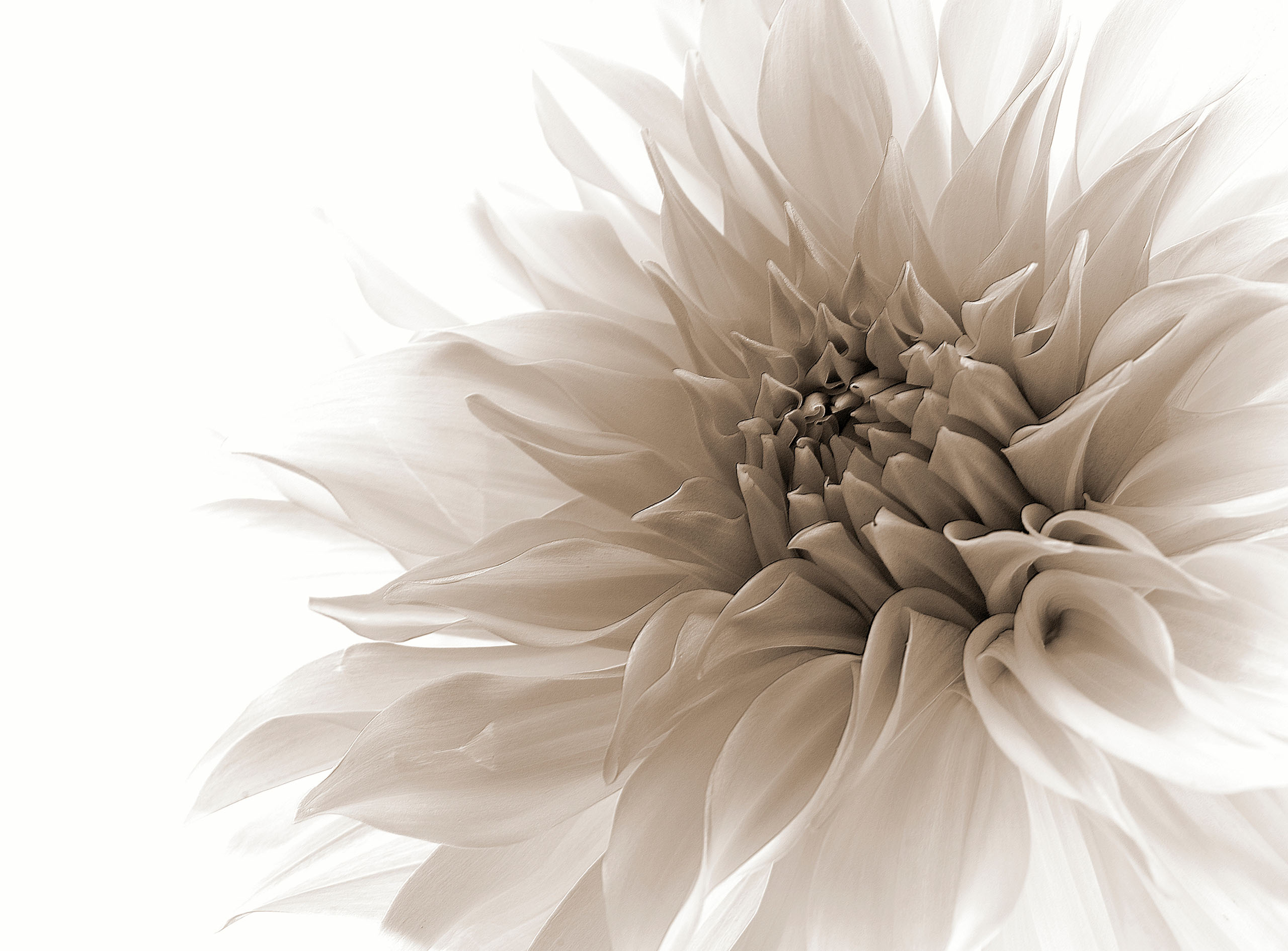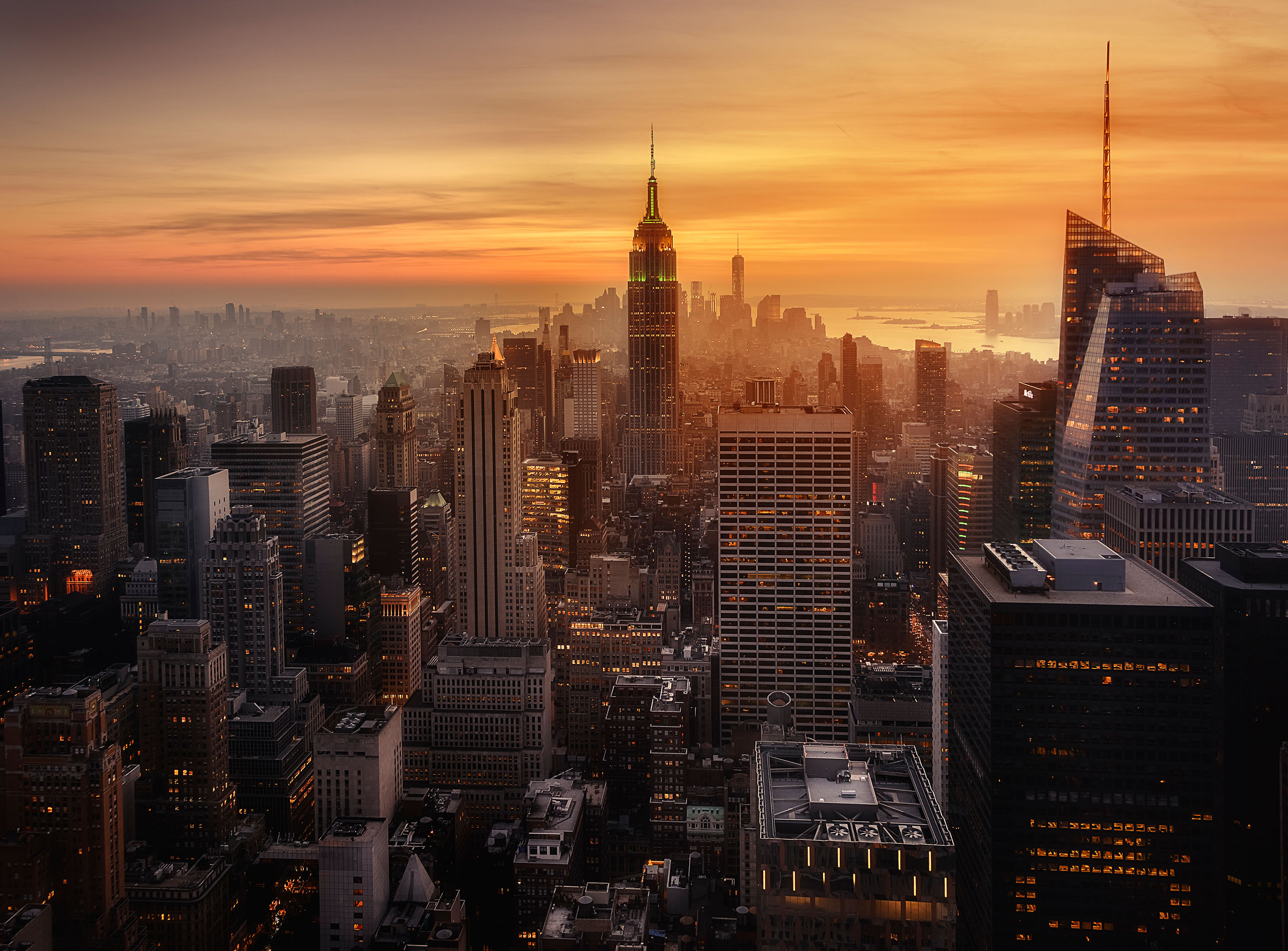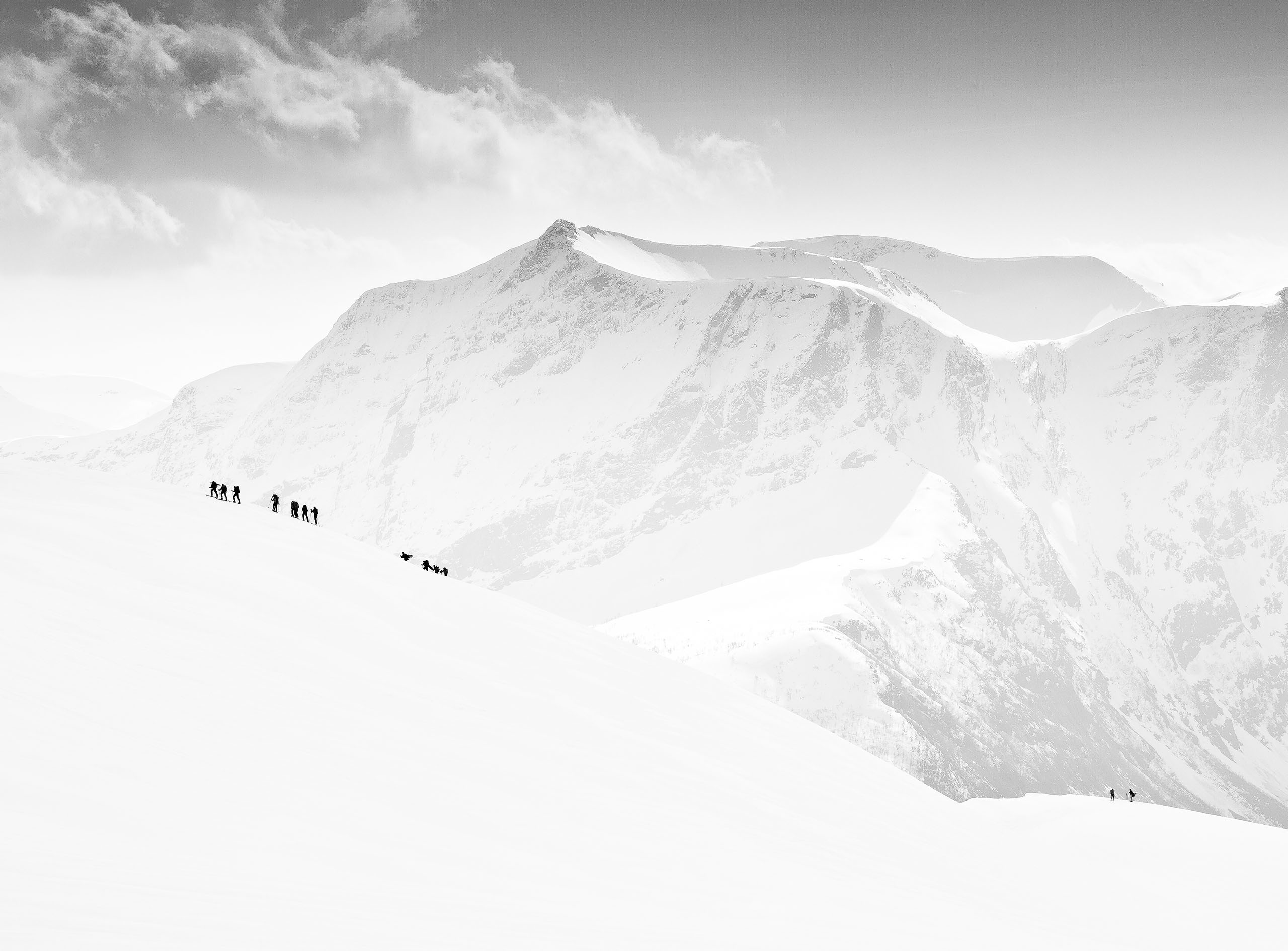SEARCH






|
|
|
|


by Editor Jacob (Jian) Xu
Edited and published by Yvette Depaepe, the 19th of September 2025
‘We are here waiting for you’ by Shenshen Dou
The word 'photography' comes from the Greek words 'phōs' (light) and 'graphé' (drawing), meaning 'drawing with light'. This etymology reveals a fundamental way of thinking: that light is the essence of photography. It's clear where this idea comes from. Without light, a photograph is meaningless. Light reveals form and colour, sets the mood and defines the atmosphere.
Understandably, most photographers focus primarily on mastering light, learning how to apply it best to highlight subjects, balance intensity and control direction.
However, light alone tells only half of the story. Shadow has equal power. It is shadows that give an image dimension, presence and balance. Without them, photographs often appear flat or lifeless. They create depth and space, sculpting and contouring the scene to hide or highlight elements.
By using shadows intentionally, a photographer can influence how an image is perceived, invite interpretation and add mystery. Sometimes, revealing less can be more powerful. Understanding how light and shadow interact, and learning to harness them purposefully, opens the door to more powerful photography.
Through a collection of photos, we will explore several approaches to using light and shadow, including well-known high-key and low-key techniques, strong contrast, subtle transitions and the emotive force of directional lighting. Each method has the potential to transform an image from mere documentation into something more poetic and evocative.
High Key & Low Key Imagery
High-key and low-key lighting lie at opposite ends of the tonal spectrum, evoking distinctly different feelings.
High-key photography is characterized by a predominance of bright tones and minimal shadows. Images in this style often appear clean, soft and ethereal. The tones convey joy, openness, simplicity and a dreamlike quality. Subjects are evenly illuminated, creating an overall effect of lightness in both tone and mood.
‘Tenderness’ by Chris Latham
‘Blue silence’ by Jose Beut
‘ZEBRAS’ by Juan Luis Duran
‘Lovely Morning Dance’ by Fauzan Maududdin
‘Cold Angel’ by Henrik Delfer
By contrast, low-key photography is centred on darkness and negative space. Deep shadows and controlled highlights dominate the composition, creating a sense of drama, intimacy or mystery. The mood is often more intense and introspective, encouraging viewers to take a closer look and interpret what is hidden from view. In low-key imagery, what is not shown can be as powerful as what is illuminated, leaving room for the viewer's imagination.
Both techniques demonstrate how tonal control can influence not only the appearance of an image, but also the emotional impact it has on the viewer. Importantly, shadow is not merely the absence of light. It is also a design element, a narrative device and a creative force.
‘Lovely Dawn’ by Marek Boguszak
‘Mom bear with cub’ by Xavier Ortega
‘Rivero’ by Jose C. Lobato
‘White queen in the dark night...’ by Thierry Dufour
Strong Contrast
Strong contrast is an eye-catching visual style that relies on pronounced differences between light and shadow. When used effectively, it simplifies the visual field and strengthens compositional clarity. Shapes become bold, subjects stand out powerfully against their backgrounds and the viewer's attention is drawn with precision.
Contrast can convey tension, movement or decisiveness. It can also isolate moments, enhance abstraction or impose order on chaos. In street photography, for example, strong contrast can capture fleeting gestures in hard midday light. In landscape photography, it can render dramatic skies or crisp silhouettes. Regardless of genre, high contrast enables light to create strong visual statements. Shadows play a central role in amplifying this impact, acting as the darkest reference point in an image.
‘Light illuminating the stairs’ by monkichi
‘Virtual capture’ by Giorgio Pizzocaro
‘In company’ by Yuan Su
‘Sand Dunes 3’ by Aidong Ning
Subtle Transitions
Whereas contrast is assertive, subtle transitions between light and shadow provide a gentler, more nuanced expression. Such gradations often occur in soft light, on overcast days, in shaded environments or in scenes lit by diffused window light.
Such transitions create a sense of atmosphere, depth and tranquillity. They suggest rather than declare, enabling viewers to linger, explore and absorb the tonal complexity of a scene. Rather than directing your attention to a single focal point, subtle light invites participation and draws you in.
In these images, the shadows are usually neither hard nor dramatic, yet they remain essential. Even the softest shadow gives shape and structure to a scene. In these photos, notice how the shadows reveal the contours of the subject with quiet elegance while directing the eye to other parts of the scene.
‘Waiting for love’ by Kalynsky
‘Confrontation’ by Jun Zuo
‘No.507’ by ADIREK M
‘On Wheat Fields’ by James Lu
Directionality & Emotion
The direction from which light enters a scene can dramatically shape its emotional tone and narrative power. Whether side, back or front lighting is used, it can emphasise texture, contour the subject or isolate elements from the background. A shaft of morning sunlight breaking through trees, for example, can evoke serenity. A backlit portrait might feel romantic, nostalgic or intimate.
Similarly, the shadow cast by directional lighting can extend this effect. Alternatively, the shadow can contrast with more diffusive shadows. Whether used to frame, obscure, balance or guide, shadows have the power to deepen meaning and lead the viewer through the image intentionally.
‘Morning Egret’ by Michael Zheng
‘Jacobs ladders’ by Hilda van der Lee
‘Thorns’ by Kovács Levente
‘The Japanese Tree’ by Javier de la Torre
‘After Snow Storm’ By Mei Xu
Conclusion
Light and shadow are more than just technical tools. They are the brushstrokes of photographic art. Light reveals and shadow conceals; together, they shape emotion, depth and meaning. The finest images are not defined by perfect exposure alone, but by how skillfully these elements are incorporated into the composition. A shadow can be as expressive as a highlight, directing the viewer's gaze, evoking memories, and prompting them to imagine what lies beyond the frame. In this way, photography transcends mere documentation to become something timeless — the art of shaping perception through the interplay of light and shadow.
‘Play in the rain’ by sherry ma
‘Composition in the nature’ by Mihai Jeic
‘In the evening’ by Eiji Yamamoto
‘zebra’ by Fengying Long
‘Peace and Quiet’ by Elizabeth Allen
‘The red umbrella’ by konglingming
 | Write |
 | Lucie Gagnon CREW An excellent article and stunning photographs! Thank you! |
 | Yan Zhao PRO Nice and poetic! Thank you for sharing! |
 | Gabriela Pantu PRO Great article and stunning pictures to ilustrate it.Congratulations and thank you for sharing! |
 | Mariuca Brancoveanu PRO Great topic for the magazine and excellent examples |
 | Heike Willers PRO Thank you fo sharing all these stunning images and interesting article! |
 | Jacob (Jian) Xu CREW Congratulations, and thank you to all the photographers whose beautiful and inspiring images that brought this story to life! |
 | Gian Corrado DONATI PRO Great article and stunning images ! Congratulations and thanks for sharing !!! |
 | Montserrat Alviani PRO A magnificent article with excellent images. Thanks for sharing. |
 | Michael Zheng PRO A very insightful article. Thank you for featuring my picture. |
 | Giorgio Pizzocaro PRO Another very interesting and comprehensive article. Glad and honored to have one of my image included. Thank you so much Jacob and Yvette! |
 | Roberto Miniero PRO Thank you, great article, wonderful photos and deeply interesting theme ! |
 | Molly Fu APA PRO Light and shadow, excellent article, beautifully collected images…thanks Jacob and Yvette for this amazing article! |
 | carlo borgatelli PRO Very Interesting article, wonderful pictures |
 | Subhajit Das PRO Great work. Very interesting article. Congratulations!! |
 | Subhajit Das PRO |
 | Subhajit Das PRO Great work. Interesting article. Congratulations! |
 | Jane Lyons CREW A brilliant essay Jacob and your selection of photographs is wonderful. Thank you! |
 | sherry ma PRO The art of mastering light and shadow! What an excellent article! Thank you, Jacob and Yvette! I am honored to have one of my photo included in the article. |
 | monkichi Thank you so much for including my photo. I am truly honored and grateful for this selection. |
 | Mei Xu PRO Thank Jian and Yvette for including my photo in this helpful article. Love all of these images. They are so beautiful. |
 | Jun Zuo PRO Great and very interesting article. I am honored that one of my pictures was included. Thank you very much, Jian and Yvette! |
 | Izabella Végh PRO Bellissimo articolo e molto utile. Le fotografie allegate sono splendide. Grazie per gli autori. |
 | konglingming PRO Excellent editor and work, it's an honor to have one selected for this issue of the magazine. Thank you |
 | Shenshen Dou PRO I am truly honored that one of my pictures been selected in this excellent article! Thanks Jacob and Yvette! |
 | Hilda van der Lee PRO Such beautiful and inspirering photos and text. Thanks for including one of mine photos. |
 | Thierry Dufour PRO Splendid images, thank you Jacob for selecting one of my macros and thank you Yvette for this superb edition. |
 | Eiji Yamamoto PRO Thank you so much for this wonderful and interesting article with beautiful and great photos! It's very inspiring! I am truly honored and glad that one of my photos was included. Thank you so much, dear Jacob and dear Yvette! |
 | Aidong Ning PRO Very interesting article and great collection of images! Glad and honored to have one of my images included. Thank you very much, Jacob and Yvette! |
 | Yvette Depaepe CREW Great and most interesting article about the importance of light and shadows in photography, Jian ... Outstanding choice of images too. Congratulations, my friend and bravo for all the authors. Cheers, Yvette |
 | Elizabeth Allen CREW A superb article and collection of inspiring images. I am honoured that one of my photos is included here. Sincere thanks, Jacob, and also Yvette. |
 | Yvette Depaepe CREW A well deserved place in this gallery, Elizabeth! Cheers, Yvette |